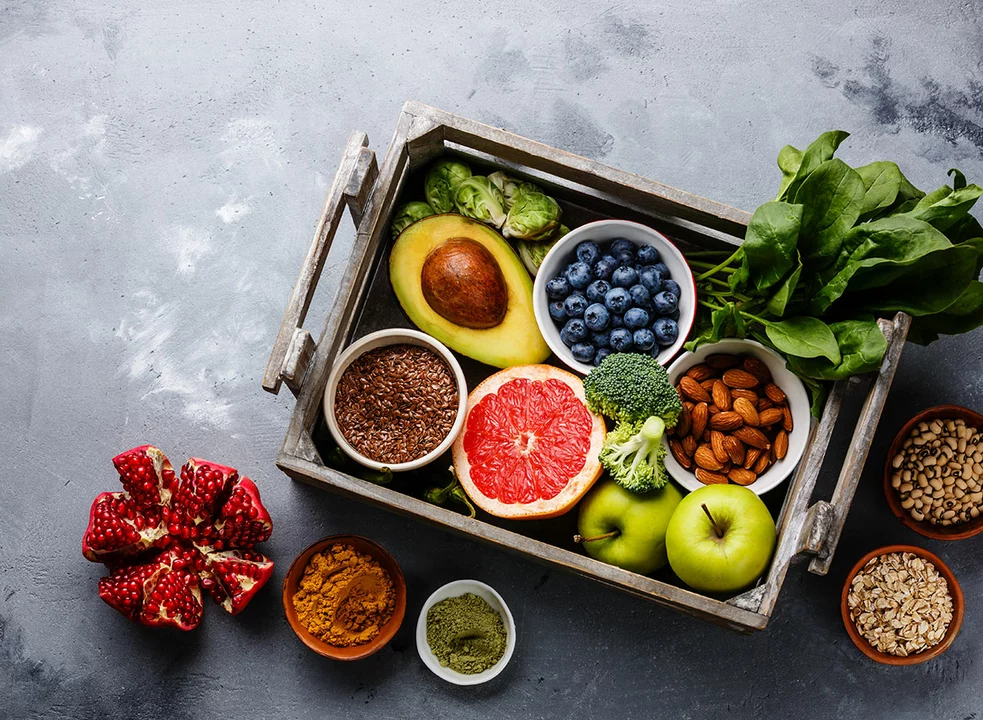May 2023 Archive – What’s the Unhealthiest Indian Food?
Welcome to the May 2023 archive of Tech Update Alert. In this month we dug into a tasty but tricky question: which Indian dish is the most unhealthy? The answer might surprise you, but it’s a dish you see at almost every party and street stall. Let’s break down why it gets a bad health rating and what you can do if you still love the flavor.
Why Samosas Top the List
Samosas are small, triangular parcels filled with spiced potatoes, peas, and sometimes meat. They’re deep‑fried until golden, which gives them a crunchy exterior that most people crave. The problem starts with the frying process. When oil reaches high temperatures, it adds a lot of extra calories and saturated fat to each bite. One medium‑size samosa can contain around 250‑300 calories and 15‑20 grams of fat, which is a big chunk of a typical daily intake.
On top of the fat, the filling is usually heavy on simple carbs from potatoes and sometimes added sugar in the spice mix. Those carbs raise the glycemic load, meaning your blood sugar spikes quickly after eating. Over time, that can lead to weight gain, insulin resistance, and other health issues. And because samosas are often served with tangy tamarind or sweet chutney, you’re adding even more sugar to the plate.
How to Enjoy Indian Food Healthier
Don’t write off Indian cuisine just because of samosas. The culture offers tons of nutritious options like lentil dal, grilled tandoori chicken, and veggie‑rich curries. If you’re craving that crispy bite, try baking samosas instead of frying them. Use whole‑wheat dough, brush with a little oil, and bake at 200°C for 20‑25 minutes. You’ll still get the crunch without soaking the pastry in oil.
Another trick is to switch up the filling. Swap out some of the potatoes for cauliflower or shredded carrots. These veggies lower the overall carb count and add fiber, which helps keep you full longer. Pair your samosa with a fresh cucumber‑yogurt raita or a simple salad. The acidity and fiber balance out the richness of the pastry.
Portion control works wonders too. Instead of eating three or four samosas in one sitting, limit yourself to one and complement it with a bowl of soup or a lentil salad. That way you satisfy the craving without blowing your calorie budget.
Finally, remember that moderation is key. An occasional samosa won’t ruin a healthy diet, but making it a daily habit can add up fast. Enjoy the flavors, but keep an eye on the cooking method, filling, and portion size. By making small swaps, you get to relish Indian street food without the guilt.
That’s the roundup for May 2023. We hope this deep dive into the most unhealthy Indian food helps you make smarter choices next time you see a tray of samosas. Stay tuned for more tech and lifestyle tips in the coming months!
What is the most unhealthy Indian food?
As a food enthusiast, I've always been curious about the health aspects of various cuisines. Recently, I delved into the world of Indian food to find out which dish could be considered the most unhealthy. After extensive research, I discovered that the popular dish, Samosas, takes the top spot due to its high calorie and fat content, primarily due to deep-frying. Moreover, the potato stuffing adds to the carbohydrate load, making it quite unhealthy when consumed in large quantities. However, it's essential to remember that moderation is key, and enjoying an occasional samosa should not be a cause for concern.
